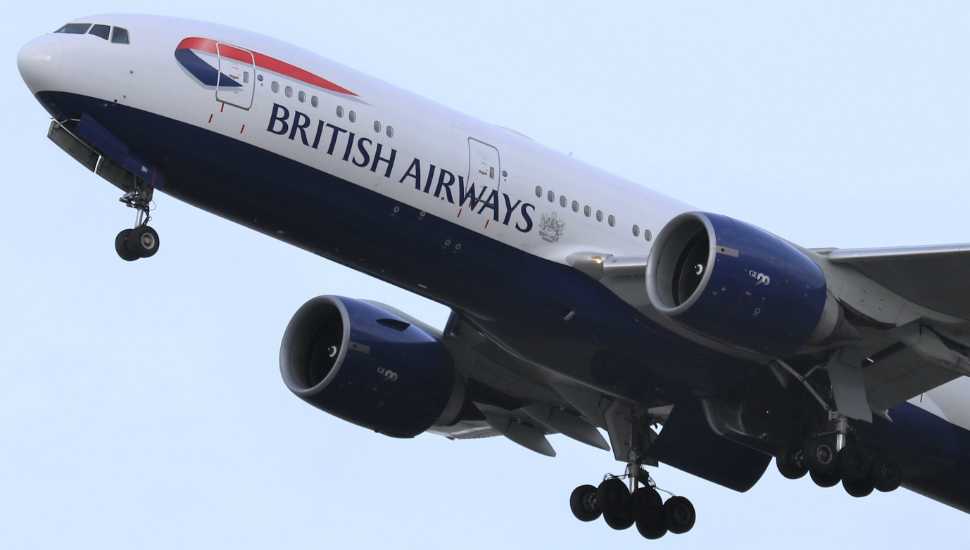IAG has stressed that British Airways still has a requirement for a substantial number of Boeing 777-200ERs, following the intense competition which resulted in its ordering up to 42 Boeing 777-9s.
Chief executive Willie Walsh states that BA engaged with all four of the airframe and engine suppliers – Boeing, Airbus, Rolls-Royce and General Electric – to select a successor for 14 Boeing 747-400s and part of its older 777 fleet.

Max Kingsley-Jones/FlightGlobal
“All of them wanted this,” he said during a full-year financial briefing. “It’s probably the most aggressive approach I’ve seen, from all four, the best I’ve seen in terms of them wanting our business.”
He says BA needed an aircraft with similar capacity and layout to the 747-400, and it will configure the 777-9s with 325 seats – provisionally with eight first-class and 65 business-class seats, with around 46 in premium economy and 206 in economy.
BA is taking 18 firm and 24 optioned 777-9s, with the first 15 arriving over the course of 2022-23.
“We did look at second-hand aircraft,” says Walsh. “And we had detailed discussions, right up to the very end.”
BA had 35 747-400s at the end of last year. The 777-9s will complement Airbus A350-1000s and some 777-300ERs in succeeding the 747s, which will be phased out in 2024.
Four of the newly-ordered 777-9s will be used to start the 777-200 replacement programme. Walsh points out that BA has a total of 46 777-200s, and more will need replacing.
“All four [manufacturers] still have a lot to play for,” he says.
IAG had disclosed to investors last year, in a detailed fleet plan, that it needed 44 long-haul aircraft in the period from 2020-23.
Last year IAG capital expenditure covered delivery of 32 aircraft, among them five Boeing 787s, two Airbus A350s, four A330s and 21 A320-family jets.
IAG says its contracted and authorised capital expenditure includes commitments to 2023 covering 41 A350s, 12 787s, four 777s, four A330s, plus 71 A320s and 21 A321s.
Source: Cirium Dashboard



















